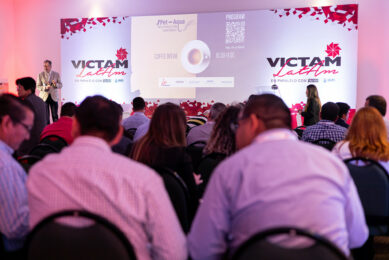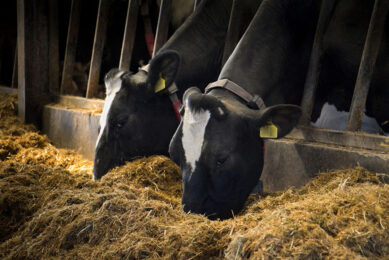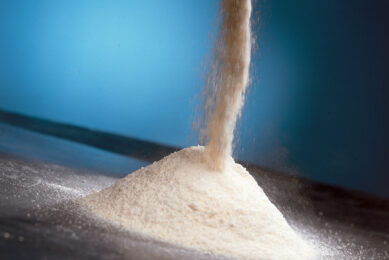Getting more out of feed!!
With the pressure of elevated feed prices, the search is on to remain profitable in the animal production industry. This all has to do with being more efficient! We can look at the animal itself, and focus on animals that are able to get more animal protein out of feed, have a higher feed intake, can better digest the feed etc. But it is better to focus on the feed itself by making the ingredients more efficient and work better in the animal.
With the pressure of elevated feed prices, the search is on to remain profitable in the animal production industry. This all has to do with being more efficient, and thus getting more out of feed. This can be achieved via different routes. We can look at the animal itself, and focus on animals that are able to get more animal protein out of feed, have a higher feed intake, can better digest the feed etc.
We can also look at the feed itself and make the ingredients more efficient and work better in the animal. The latter often has to do with adding more enzymes or other additives for example, that increase the bioavailability of the ingredients.
Challenges for aquaculture
This topic can especially be applied for aquaculture. I’ve just come back from Victam in Bangkok and was overwhelmed by the information on shrimps, tilapia, krill and other aquatic creatures and at the same time noticed that this type of farming can be a lot more efficient, especially in Asia.
Boosting the efficiency of currently used fish feed can be done by using more enzymes for example. Enzymes can increase the digestibility of nutrients, leading to greater efficiency in the production of animal products. The enzyme phytase, for example, is increasingly used in aquaculture production systems.
Other efficiency boosters may include the use of more functional ingredients such as plant extracts and probiotics that have a positive effect on the digestive system and hence increase the nutrient uptake by the animals. In addition, more digestibility enhancers are used in feed formulations these days.
Upgrade raw materials
With regards to other animal species, the use of byproducts from the bio energy business, such as Dried Distillers Grains with Solubles (DDGS) is rapidly growing. However, the quality of these ‘new’ products still varies a lot. This automatically means that feeding these products is not always efficient. An old technique called Solid State Fermentation (SSF) is now used to upgrade the nutrient value of these byproducts.
SSF involves the careful selection of specific strains of naturally occurring fungi. These fungi are mixed with the product and breaks down fibrous and non-fibrous portions of the substrate. This process increases the nutrient profile of the products and enables the use of certain (fibrous) ingredients for animal feed. This enables nutritionists to be more flexible in choosing their ingredient and to get more out of them!
Feed formulation software
We also asked our website visitors at AllAboutFeed.net what they think should be done to increase the efficiency of animal feed. The majority of the people named "better diet formulation tools" as the most probable and effective solution. I thought that most diet formulation programmes were already pretty advanced.
I personally don’t have experience with feed formulation software, so I am not fully aware of the pros and cons of the current software programmes used.
I am curious what you think should be done to increase the efficiency of our feed! Don’t by shy, leave a scrap below. I am looking forward to hearing from you!











